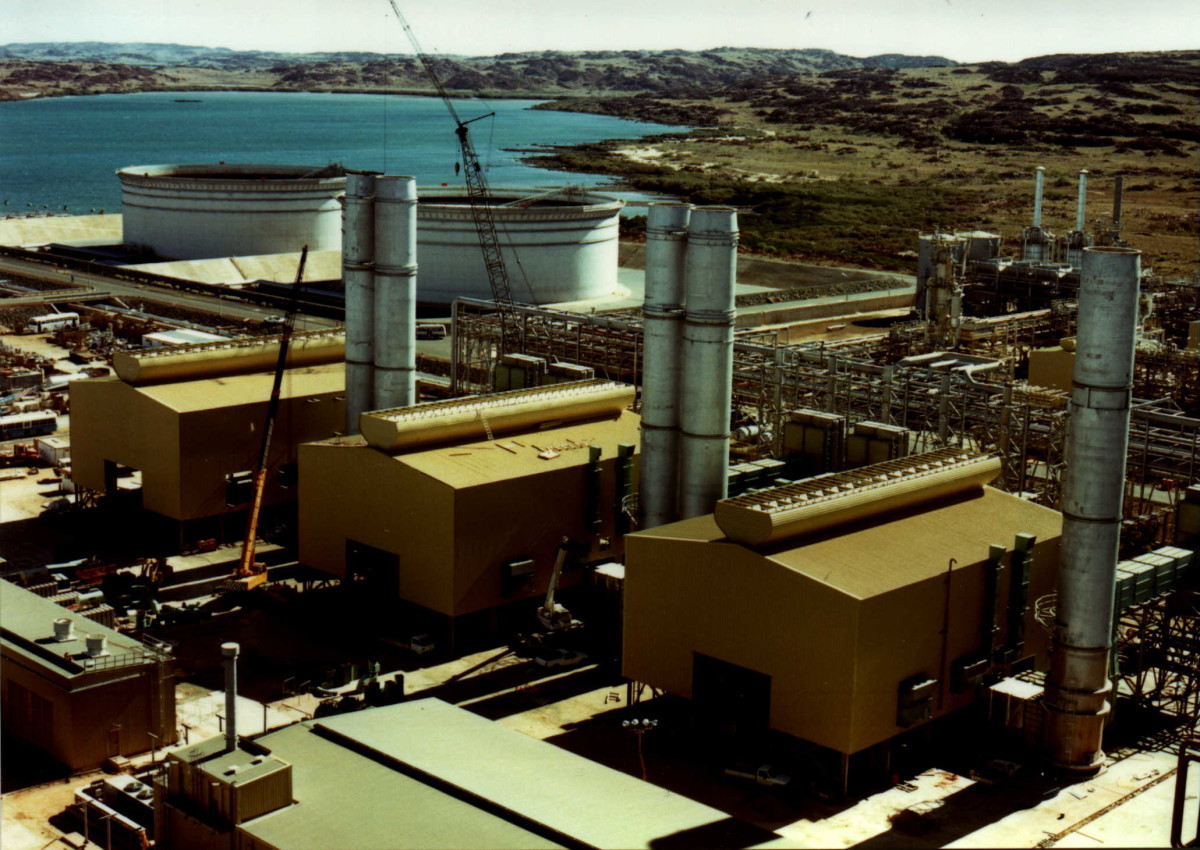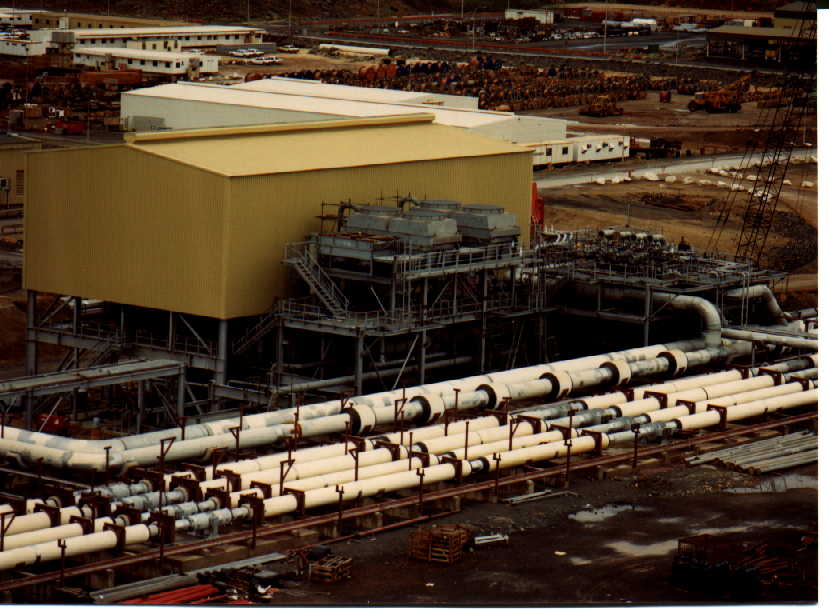PROJECT VALUE: $80 M
COMPLETION DATE : 1988
Airey Taylor Consulting (formerly Airey Ryan & Hill) was Principal Consultant and Structural Engineers for the Alternator and Compressor Enclosures for Woodside Offshore Petroleum Pty Ltd (On-Shore Facility).
This project was located at Burrup Peninsular, a high cyclonic area of Western Australia.
John Taylor was the Director responsible for the project and provided the Concept and detailed design for the Alternator and Compressor enclosures together with the pipe rack connections for that program.
Other elements of the project for which Airey Taylor Consulting was responsible included the Gas Turbo Alternators, Instrument Air Compressor, Fuel Gas Compressor and LNG Boil Off Gas Compressor. Alternative designs for the temporary support of the pipe bridge, connections for pipe racks and platforms associated with this train were also undertaken.
Quality Assurance/Quality Control procedures were employed as an integral part of all remote-site engineering design.
Airey Taylor Consulting provided Architectural and structural engineering services for the enclosures which were 15m high. Clad with Robertson’s Versacor sheeting they were architecturally appealing in the harsh North West environment. They house the Compressors and Alternators which seat on large reinforced concrete foundations.
Due to the relatively narrow base of the structure and severe cyclonic wind loading, the structures were designed as braced frames. This design achieved an economical structure and controlled deflections and sway. The analysis incorporated the full structure and foundations in order to obtain full deflection results for the complete structure.
This approach dramatically cut the costs for the steel structure compared with a conventional portal frame design and was then used for other structures on the project.
Airey Taylor Consulting were also engaged to design the connections for the support structures for the 1st and 2nd Trains. Despite the hundreds of different configurations for the supports, typical connections were devised to carry the high forces from the cyclonic wind loading and provide details that were easy and economical to construct. The secondary effects on the bolts and plates were checked to ensure the connections were not only adequate but efficient.
The design and documentation were delivered on time and have serviced the LNG plant effectively since its opening in 1988.


